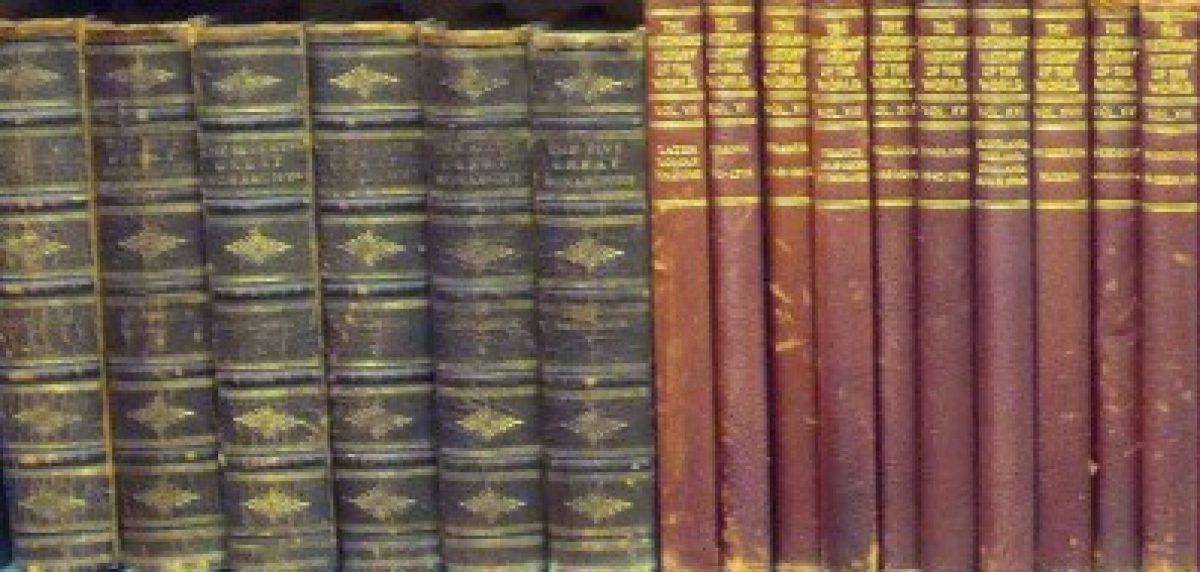Like Mark, John does not include a narrative of the nativity. Instead, John chooses to go all the way back to the beginning.
1.In the beginning was the Word, and the Word was with God, and the Word was God. 2 He was with God in the beginning. 3 Through him all things were made; without him nothing was made that has been made. 4 In him was life,and that life was the light of all mankind. 5 The light shines in the darkness, and the darkness has not overcome it. (John 1:1-4)
“The Word” is the usual translation of the Greek word λογος (logos) but logos means more than just “word” Logos means something like speech or discourse or reason. Hence the word logic is derived from logos, as well as “ology” as in geology or biology. The Stoic philosophers used the word logos to refer to the divine Reason in their pantheistic belief system while the Hellenistic Jews identified logos with the wisdom or spirit of God. John follows the Jewish view by identifying the logos with God. Notice he also identifies light and life with God this is a theme found throughout his gospel and in the first letter of John.
6 There was a man sent from God whose name was John. 7 He came as a witness to testify concerning that light, so that through him all might believe.8 He himself was not the light; he came only as a witness to the light. (John 1:6-8)
John the Baptist was not the Word. He was only a messenger.
9 The true light that gives light to everyone was coming into the world. 10 He was in the world, and though the world was made through him, the world did not recognize him. 11 He came to that which was his own, but his own did not receive him. 12 Yet to all who did receive him, to those who believed in his name, he gave the right to become children of God— 13 children born not of natural descent, nor of human decision or a husband’s will, but born of God.
14 The Word became flesh and made his dwelling among us. We have seen his glory, the glory of the one and only Son, who came from the Father, full of grace and truth. (John 1:9-14)
The Word became flesh. But who was the Word or the Son?
15 (John testified concerning him. He cried out, saying, “This is the one I spoke about when I said, ‘He who comes after me has surpassed me because he was before me.’”) 16 Out of his fullness we have all received grace in place of grace already given. 17 For the law was given through Moses; grace and truth came through Jesus Christ. 18 No one has ever seen God, but the one and only Son, who is himself God and is in closest relationship with the Father, has made him known. (John 1:15-18)
The Word made flesh was Jesus Christ. Of the four gospels, John most emphasizes the divine nature of Jesus, even to the point of omitting incidents that show any weakness on the part of Jesus. John does not mention Jesus’s temptation in the desert by the Devil after being baptized by John the Baptist nor does he show Jesus’s agony at the Garden of Gethsemane. There is no cry of despair from the cross. Jesus is always shown as being calm and in control of events.
It may be that John wanted to emphasize the divinity of Jesus as a rebuttal to those who either believed that Jesus, while the Messiah was merely human and those who held that Jesus was born human but had been adopted as the Son at his baptism or at some other time. John states that Jesus has existed since before time began as the eternal Word of God. At the same time, John firmly rejects the other extreme that Jesus did not really have a body made of matter but only seemed to be flesh. This idea was held by many Gnostics who taught that physical matter was an inferior substance to the spiritual realm, created by an inferior, and perhaps evil, deity. Jesus Christ, being an emissary from the higher God could not have a body made of mere flesh. John asserts that the Word was made flesh and that really did have a body and really did eat and sleep.
Curiously, both these heresies are still found today, clothed in modern garb. Many liberal theologians cannot believe in the divinity of Jesus and insist that he was merely a great moral teacher. Some Atheists insist that Jesus never really existed in the physical realm but only as a myth. Maybe there really is nothing new under the Sun.



